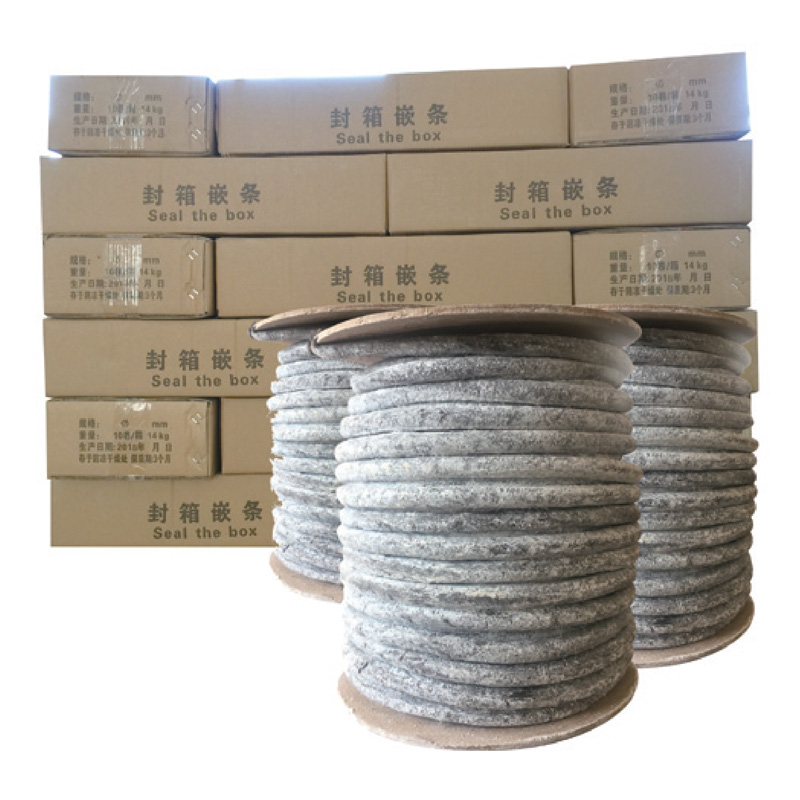Before applying the sealing clay agent, it's essential to prepare the surface properly. This may involve cleaning the surface to remove any dirt, dust, grease, or existing sealants. For porous surfaces like clay, concrete, or stone, it may be necessary to allow the surface to dry completely before applying the sealing clay agent.
Gather the necessary tools for applying the sealing clay agent. Common application tools may include a paintbrush, roller, sprayer, or sponge, depending on the product's consistency and the size and type of surface being sealed.

Some sealing clay agents may require mixing with water or another solvent before application. Follow the manufacturer's instructions carefully regarding the proper mixing ratio and any specific preparation steps.
Apply the sealing clay agent to the surface using the chosen application tool. For liquid or sprayable products, apply an even coat of the sealing clay agent to the surface, working in small sections if necessary. For thicker or paste-like products, use a paintbrush or sponge to spread the agent evenly over the surface.
After application, allow the sealing clay agent to dwell or penetrate the surface for a specified period. This allows the product to bond with the surface and create a protective barrier. Refer to the product instructions for recommended dwell times.
Depending on the product and surface type, you may need to wipe away any excess sealing clay agent from the surface after the dwell time has elapsed. Use a clean, lint-free cloth or sponge to remove any residual product and achieve a uniform finish.
Allow the sealed surface to dry and cure according to the manufacturer's recommendations. This may involve waiting for a specific drying time or allowing the surface to cure fully before exposing it to moisture or other environmental factors.
Depending on the desired level of protection and the porosity of the surface, you may need to apply multiple coats of the sealing clay agent. Follow the product instructions for guidance on applying additional coats and allowing sufficient drying time between coats.
Clean any application tools or equipment used for applying the sealing clay agent according to the manufacturer's recommendations. Dispose of any leftover product or packaging properly.
It's essential to follow the manufacturer's instructions carefully when applying a sealing clay agent to ensure proper adhesion, coverage, and effectiveness. Additionally, consider wearing appropriate personal protective equipment (PPE), such as gloves and eye protection, during the application process.


 English
English 中文简体
中文简体
















